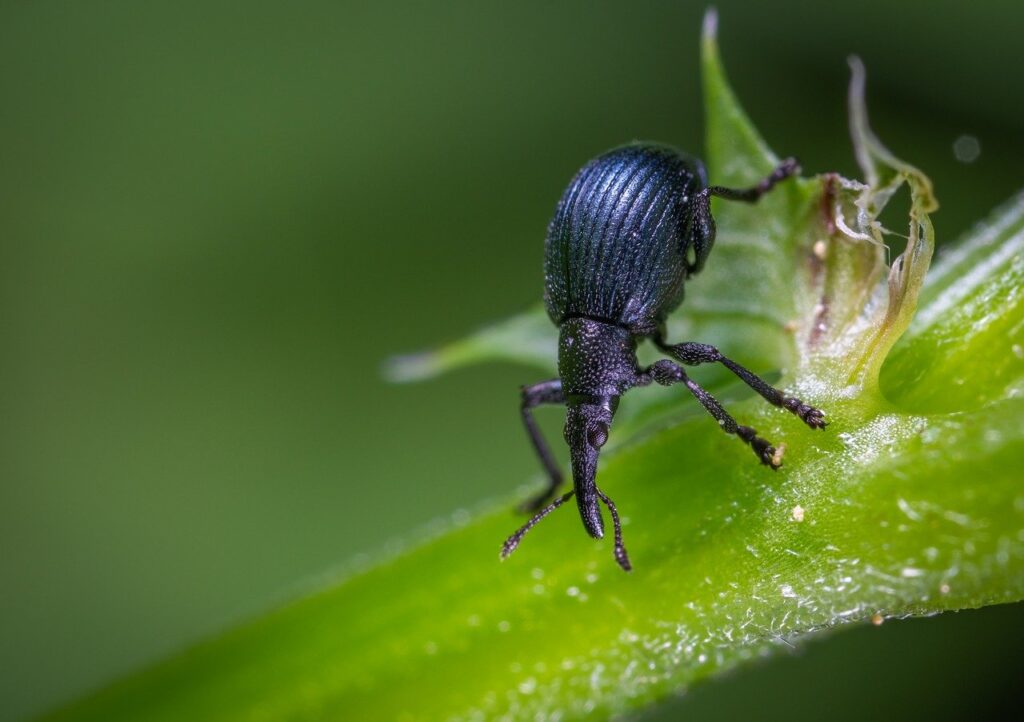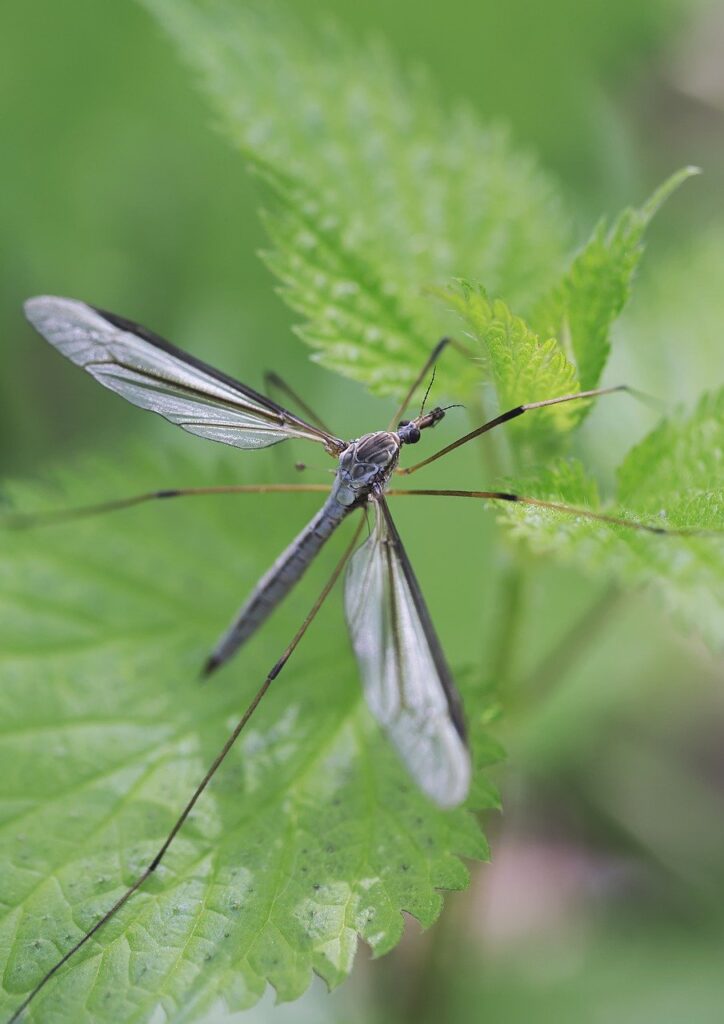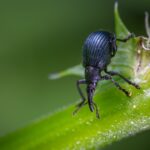We use cookies to make your experience better. To comply with the new e-Privacy directive, we need to ask for your consent to set the cookies. Learn more.
Nematodes for Vine Weevil and Crane Fly
What are Nematodes?
Nematodes are small, often microscopic, unsegmented roundworms with a narrow cylindrical body. They are parasitic and prey on many garden pests. Nematodes are host specific and as a result there are thousands of different ones. They are one of the most successful and adaptable of all animal groups.
Natural predators, nematodes attack the pest by entering body openings and releasing bacteria which helps them consume the pest from the inside. These bacteria multiply and cause blood poisoning, which leads to the death of the host. The host tissue is then consumed by the nematodes which multiply and go on to search for new hosts.
Nematodes are a very successful way to deal with insect larvae, especially those that live in the soil such as vine weevil and crane fly larvae

Vine Weevil
Vine Weevils are small matte black beetles which eat the leaves of many ornamental plants and fruits during spring and summer. Adult weevils nibble at the edge of leaves, causing irregular-shaped notches in the leaf margins. The grubs then go on to do even more damage by eating plant roots – often causing the death of the plant. The grubs are about 1cm in length with a curved legless body. They are white with a brown head. They can be a real problem in container grown plants, hedging and strawberries. Affected plants will begin to wilt and eventually die, or they may appear to have stunted growth as a result of grubs damaging the roots, rendering them less efficient. Quite often, if the plant is lifted at this stage then the grubs can be seen in the soil and the damage to roots will be perfectly obvious.
Controls
The adults feed at night and can be collected by torchlight. Put a sheet of plastic under the effected plant then shake the plant vigorously to knock off the beetles.
The grubs are harder to control but do the most damage. Nematodes provide the most effective solution to killing the grubs and thus breaking the life cycle of the vine weevils. Best applied from mid-August until the end of September when the grubs are still small.

Crane Flies (Leatherjackets)
Leather jackets are the larvae of crane flies or daddy long legs. They can damage lawns and small plants, garden borders and vegetable plots by eating plant roots. They are often more numerous after a wet autumn, as damp conditions favour survival of eggs and larvae. Leatherjackets have elongated tubular bodies, up to 4cm long, with no legs or obvious head. They are grey or brown in colour with a waxy coat.
As with vine weevils it is the grubs that do the most damage. Patches of yellowish/dead grass on the lawn are often signs of leather jackets. Lift the affected turf and the leatherjackets will be in the surface layers of the soil. Crows and other birds will search for leatherjackets in turf and can cause more damage. In flower beds or vegetable plots, seedlings and small plants can be killed when the stems are damaged at soil level.
Controls
If leather jackets are damaging your lawn you can try soaking the lawn with water in the evening then covering it with black plastic. When you lift this in the morning you should find a lot of leather jackets on the surface which can then be manually removed.
If you have damage in flower and vegetable beds you can try using a repellent such as Tercol. This will feed the plant and also make the soil conditions unfavourable for the leather jackets.
On a large area or when you are facing a very severe problem then nematodes will provide the most effective solution to killing the grubs. Best applied from mid-August until the end of September when the grubs are still small.
How to Use Nematodes
Preparation
- Half an hour before preparing the product, remove the pack from the refrigerator and let it come up to room temperature.
- Break the contents of the sachet into smaller pieces. Use the entire pack and place the smaller pieces in a bucket containing five litres of water (at 15/20°C).
- Leave the bucket with the solution to stand for five minutes.
- Then stir the solution until all the lumps have disappeared before transferring it to the spray tank.
- Use the spray solution straight away.
Application and dosage:
- With a watering- can, sprinkler system, backpack spray unit or vehicle-mounted spray unit.
- To avoid blockage, all filters should be removed.
- Use a maximum pressure of 12 bar on spraying boom or pistol.
- The spray nozzle opening should be at least 0.5 mm (500 microns).
- Continuous mixing should take place to prevent nematodes sinking to the bottom of the spray tank.
Best Working Conditions for Nematodes
- The moisture content of the soil must be high.
- Soil temperature between 14 and 33°C.
- Nematodes are susceptible to ultraviolet light (UV): do not use them in direct sunlight.
- Leaf applications should only be carried out in the evening to minimise the influence of UV light and to maximize moisture availability for the nematodes.

